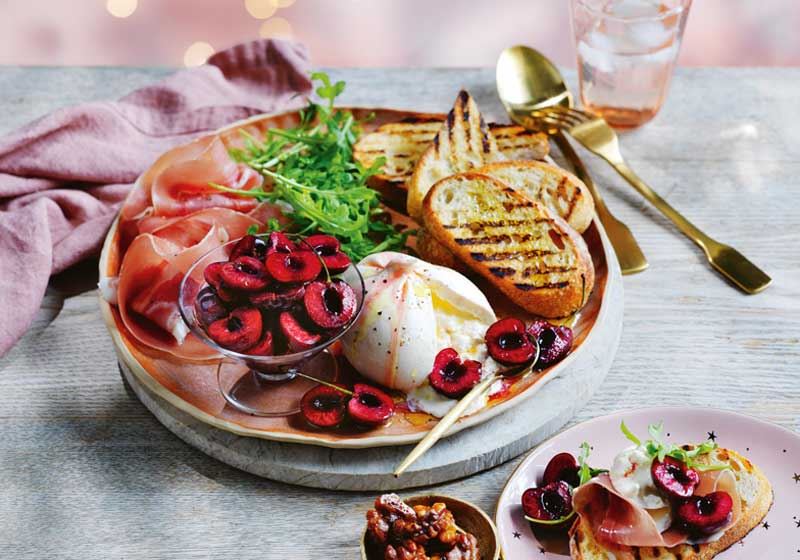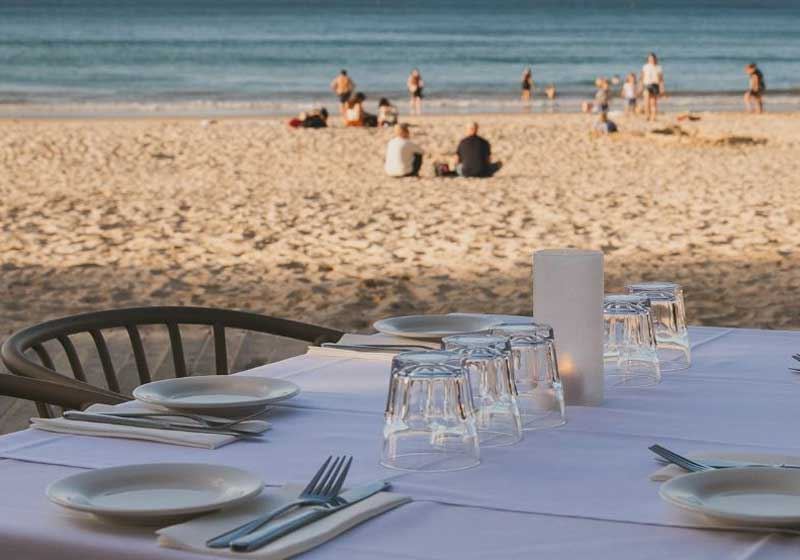By Marie-Antoinette Issa.
Regional Mexican cuisine gives hungry diners so much more to taco about, than, well tacos! Instead, it serves up a tasty tapestry, woven from the delicious and distinct culinary traditions of its 31 states (and their numerous subregions) - each with its own unique flavours and techniques.
From the fresh seafood found along the coastlines of Cancun to the hearty offerings of Chihuahua in the North, the unique and delicious dishes of each state and city tell a story - reflecting a deep cultural heritage that is anything but monolithically Mexican.
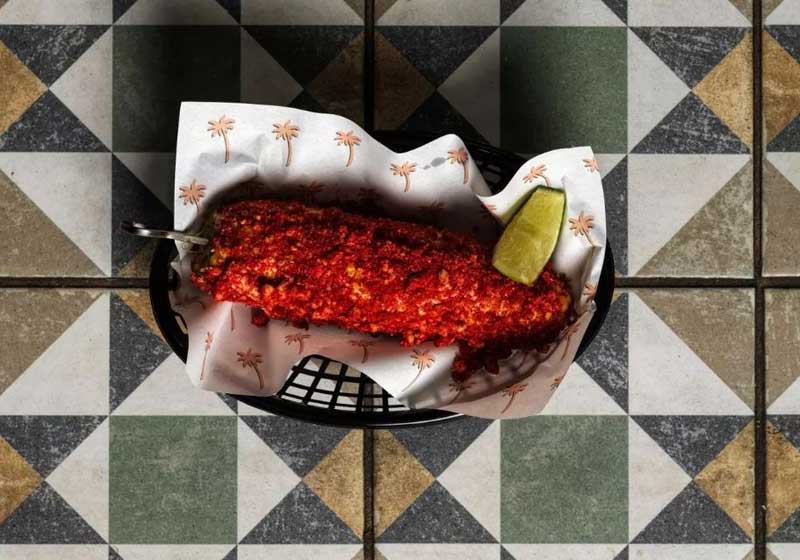
Tastes across terrains
Geography plays a crucial role in shaping Mexico’s culinary landscape. "From the coasts to the mountains, the ingredients available in each region influence the dishes you'll find there," says Pablo Galindo, the Mexican-born Chef and co-founder of Sydney’s cool new Cancun Boat Club.
"Coastal regions, rich in seafood resources, lend themselves to lighter, fresher dishes that balance sweet and tangy. Inland, the valleys and highlands showcase corn, beans and chillies, with complex sauces like mole reflecting a fusion of indigenous and colonial influences.”
In the mountainous areas, hearty, comforting dishes featuring wild game and slow-cooked meats prevail, while the deserts of the North favour livestock and wheat-based offerings. "Each area’s unique geography provides the resources for its cuisine, making Mexican food incredibly varied and exciting,” Pablo explains.
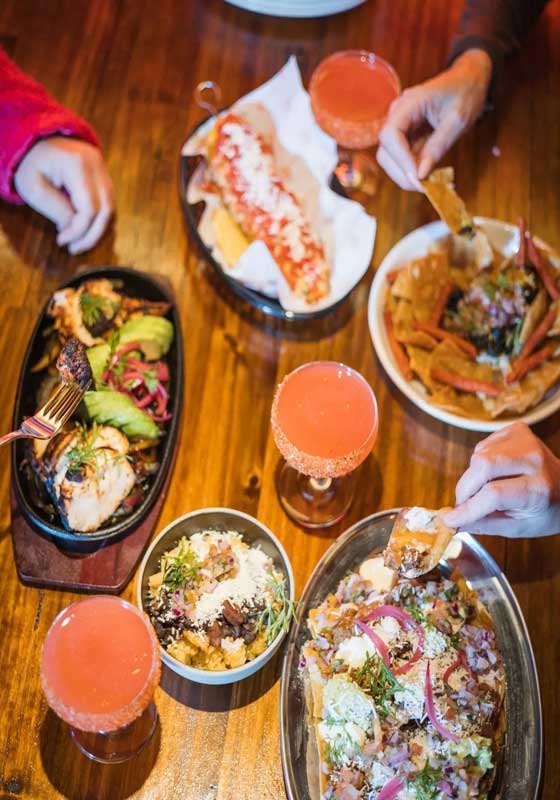
Northern vs Southern Mexican cuisine
The cuisine of Mexico can be divided into broad regional distinctions, starting with the split between the North and South.
Northern cuisine typically showcases a mild to moderately spicy flavour profile, characterised by smoky, charred meats and the beloved flour tortilla. "In the North, especially in Baja California, expect an emphasis on beef, grilled meat and wheat-based dishes," says Pablo. A popular cuisine here is Baja Med, a Mexican, Mediterranean and Asian fusion, focusing on fresh seafood.
By contrast, diners venturing south experience a vibrant culinary landscape. "In the Yucatan Peninsula, for instance, you’ll find an exciting blend of tropical fruit, citrus marinades and achiote," Pablo notes. The food here is a delightful dance of sweet, sour and spicy flavours.
Dishes like cochinita pibil - slow-roasted pork marinated in achiote - are rooted in ancient cooking methods, often featuring underground pits for that rich, smoky flavour.
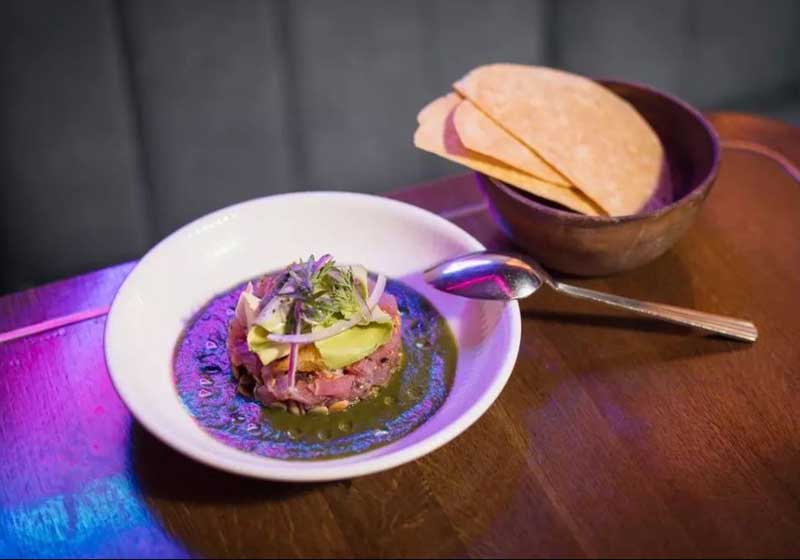
Cross coastal contrasts
The east and west coasts of Mexico bring their own distinct personalities to the table. Along the Pacific, you'll find bold, smoky and spicy flavours. "Dried chillies often create layered complexity in dishes like birria," says Pablo. This savoury stew, traditionally made with goat or beef, is a must-try in Guadalajara.
Across the compass, the eastern regions, particularly near the Gulf of Mexico, shine with their seafood. With strong Spanish and African influences, the cuisine here is fresh and tangy, spotlighting ingredients like citrus, plantains and tropical fruit.
"Seafood like prawns, crab and snapper is abundant, often combined with bright, zesty flavours unique to this region,” Pablo says, before confessing that this has inspired him to create a delicious version of ceviche to feature on the menu at Cancun Boat Club.
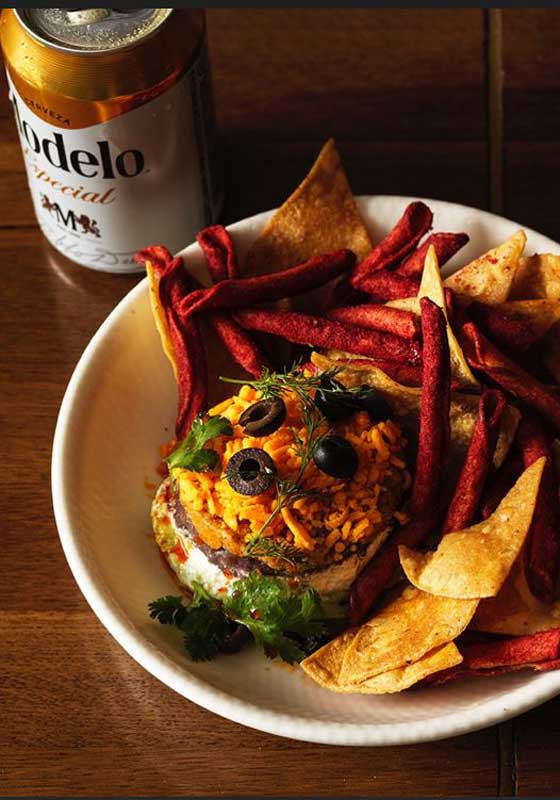
Central Mexico: a culinary melting pot
For those seeking diversity, Central Mexico serves as a culinary melting pot, blending indigenous and colonial traditions. "This is where you’ll discover the complexity of mole, which harmonises spices, chocolate and chillies," Pablo explains. Staples like corn, beans, pork and chicken create a flavour profile that ranges from sweet and spicy to savoury and smoky. A famous dish here is mole poblano, best experienced in Puebla.
Pablo adds that this central region also popularised the American-born fusion known as Tex-Mex. "While not traditional, dishes like enchiladas and fajitas reflect the beautiful blending of cultures and adaptation of Mexican ingredients to American palates,” Pablo points out.
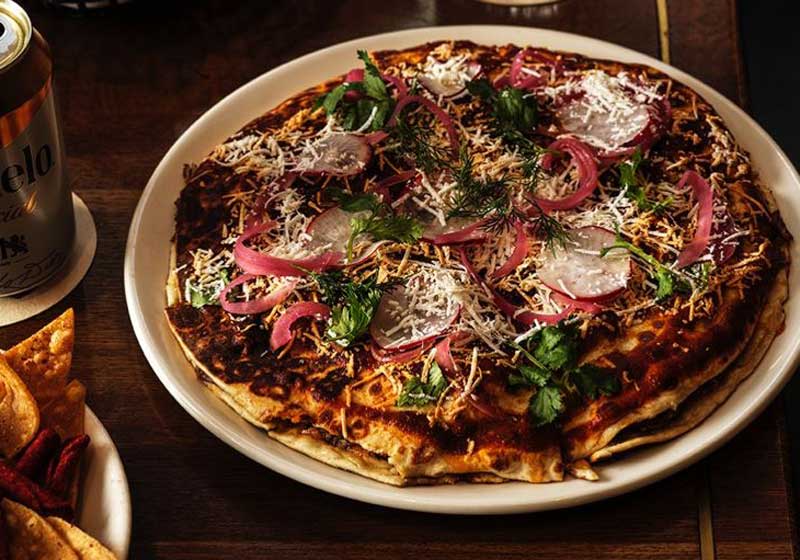
Seafood specialities: Pacific v Caribbean coasts
With a role that has placed him at the helm of the Cancun Boat Club, Pablo’s deep passion for coastal cuisine and an appreciation for the differences between Mexico’s Pacific and Caribbean seafood are on display.
"On the Pacific coast, expect bold, smoky flavours, with an emphasis on grilling and smoking," he describes. Dishes like pescado zarandeado - grilled fish marinated in lime and adobo - capture the essence of this region's robust culinary traditions.
In contrast, the Caribbean coast embraces fresher, brighter flavours. "Caribbean seafood dishes often feature citrus, achiote and tropical fruit, striking a balance of sweet, tangy and spicy," Pablo explains. Techniques like wrapping fish in banana leaves for slow cooking help preserve moisture and infuse rich, tropical flavours. Whether it’s lobster, conch or grouper, the seafood from the Caribbean coast offers a unique and delightful taste experience.

Traditional cooking techniques across the county
The distinction of Mexican cuisine also lies in its adherence to traditional cooking techniques. "Methods like pib cooking in the Yucatan and wood-fire grilling in Puebla remain widely practised," Pablo shares. These time-honoured techniques add a unique depth of flavour, connecting modern dishes to the country's rich culinary heritage. From barbacoa, where meat is slow-cooked in a pit lined with maguey leaves, to grilling methods like zarandeado, these practices root Mexican flavours in authenticity.
As Pablo emphasises, Mexican cuisine reflects the nation’s rich history, geography and culture. Each region tells its own story through its flavours, ingredients and cooking methods. Whether you’re indulging in a spicy mole in Central Mexico, savouring grilled fish on the Pacific coast, or enjoying the tropical tastes of the Yucatan, the culinary diversity of Mexico is a celebration worth experiencing.


